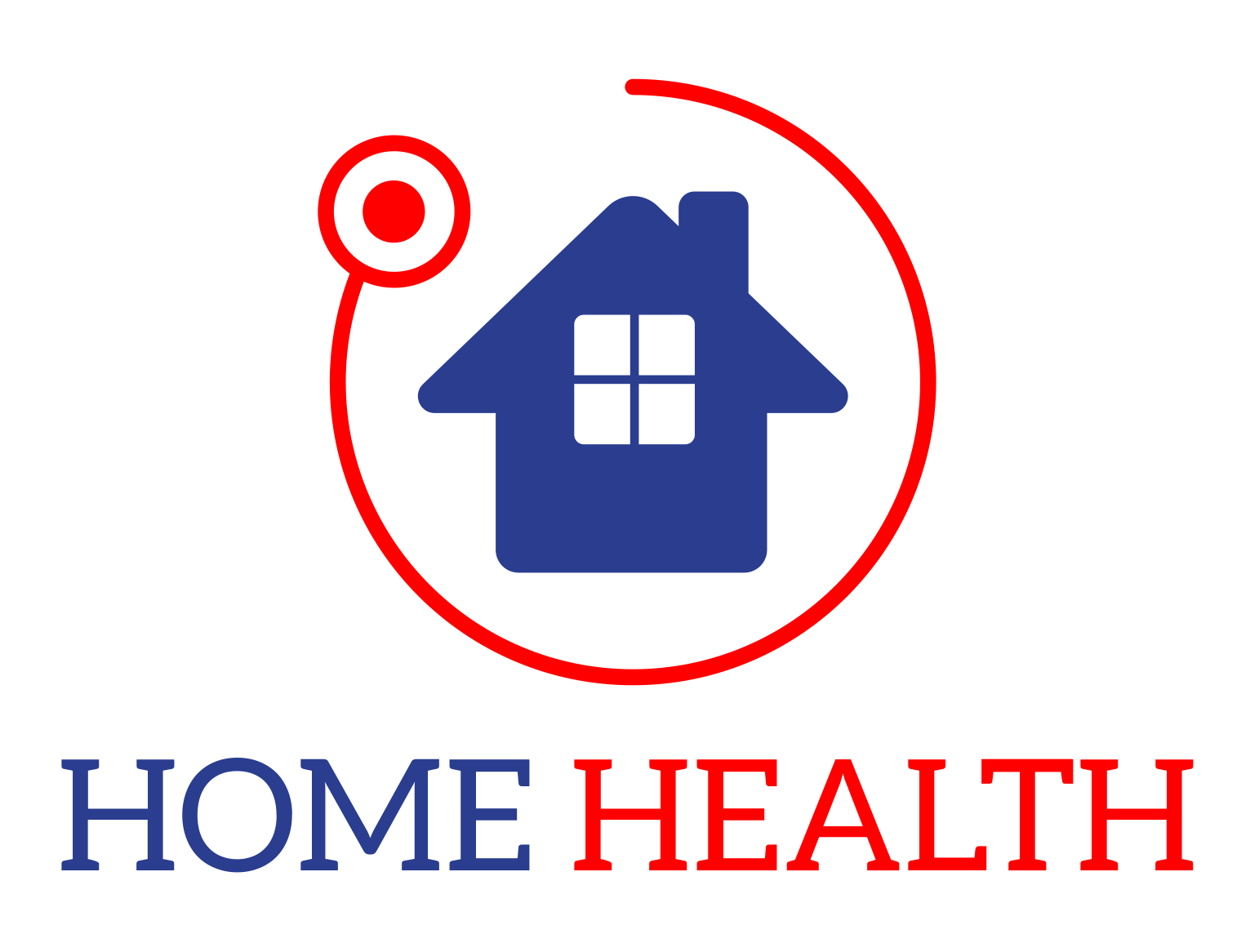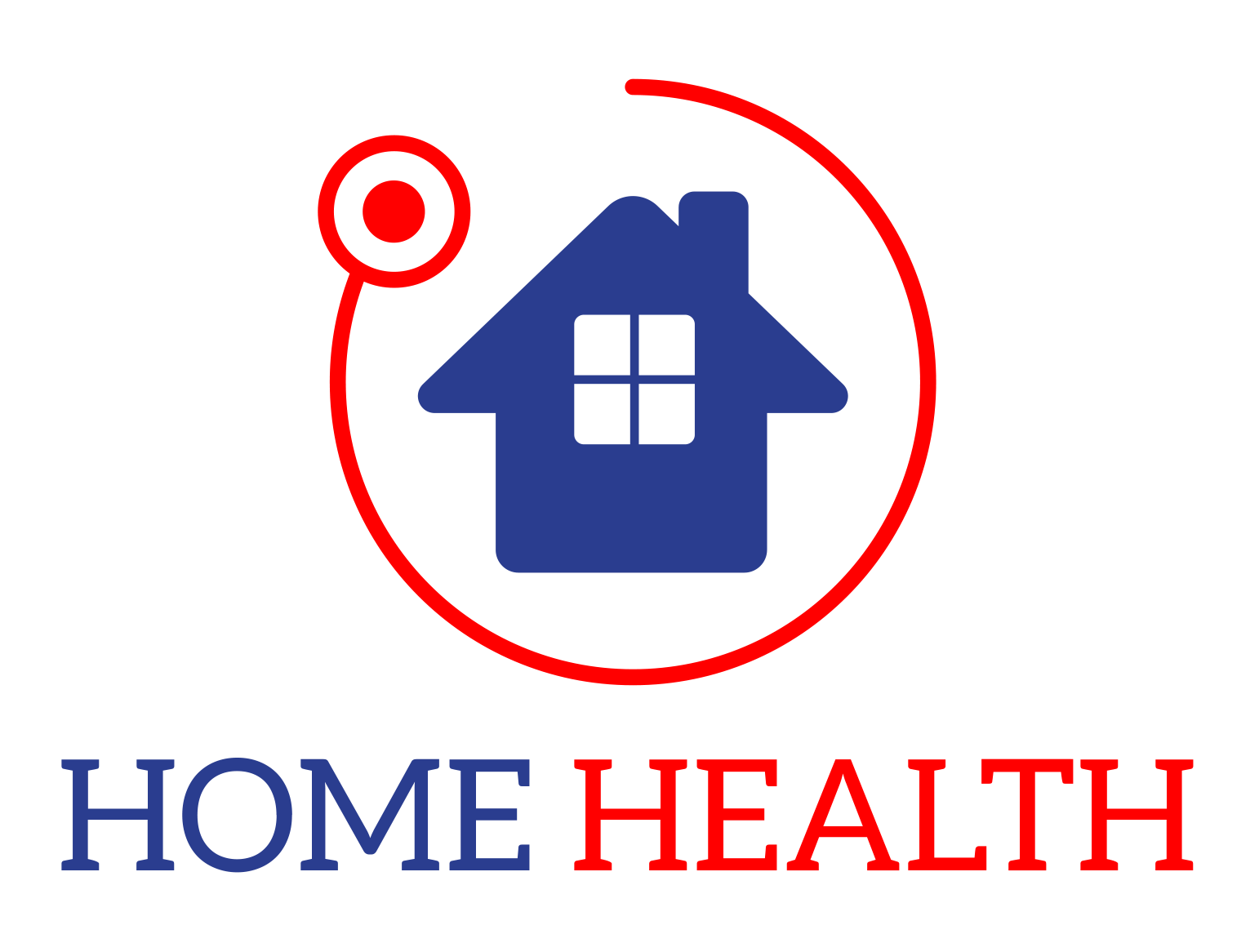Medication error prevention

What are medication errors?
Medication errors are events that lead to a negative patient outcome. These preventable events often lead to the excessive or insufficient use of medication. Some medication errors can even cause patient harm. Medication errors can occur when the medication in question is in the control of the patient, a healthcare professional or consumer. Medication errors relate to the medical facility, medications, systems, procedures, communication pertaining to dosage, packaging, labeling and plenty more. Even nomenclature, distribution and inadequate monitoring can cause medication errors.
How often do medication errors occur?
Let’s take a look at a couple medication errors statistics and medication errors stories to provide a better idea of their frequency. According to the National Center for Biotechnology Information and National Health Institute, medication errors occur in between 2% and 14% of hospitalized patients.
Unfortunately, medication errors cause between 44,000 and 98,000 patient fatalities per year in the United States alone. It is also estimated that medication error rates are estimated in a range of 4% to 14% in EDs. This percentage is even higher in the context of pediatric EDs.
Common types of medication errors
Most people are surprised to learn medication errors occur at the frequency described above. However, once you consider the most common types of medication errors, their frequency is easier to understand. From missing medication doses to the wrong dosage level, prescribing the wrong medication and beyond, there are plenty of different types of medication errors.
Minimal health literacy, the lack of health literacy, insufficient provider communication with the patient and outpatient clinic universal precautions are also common causes of medication errors. Furthermore, errors in terms of diagnosis are also a common medication error mistake.
How it works
Book your appointment
Your Information is Safe
Peace of mind for loved ones
Causes of medication errors
Medication errors in nursing and other contexts occur for a variety of reasons. Both the prescribing doctor and patient have the potential to be responsible for medication errors. Faulty diagnosis, a miscalculated dose, problems related to drugs and drug devices, problems with distribution practices and the incorrect administration of drugs often cause medication errors.
The lack of communication between doctor and patient or poor-quality communication between the two parties can also cause medication errors. The sad truth is some doctors and patients make mistakes when prescribing and using medications that often look and sound alike.

How to prevent medication errors
If you are curious as to how to reduce medication errors, don’t search the web for potentially inaccurate information. Continue reading below and you’ll have all the answers you need. Medication errors are preventable with the proper precautions. Above all, the optimal medication reconciliation procedures must be followed. Those procedures should be regularly double-checked.
The physician, nurse or other medical professional is encouraged to verbalize the prescription to the patient and provide instructions for use. Even something as subtle as adding a zero in front of the decimal point can help prevent medication errors. Every last detail pertaining to the medication error should be comprehensively documented.
Patients are encouraged to separate their medicated eyedrops from eardrops and other drops used for medical purposes. Patients are also encouraged to double-check the label of the medication before using it. As an example, every patient who takes prescription medication should be aware that if a medication label states “otic”, that medication is meant for use in the ears. A medication that states “ophthalmic” is to be used in the eyes.
A surprising number of patients cut their pills in half. However, doing so is a mistake. Patients are discouraged from splitting their pills until the doctor or the pharmacist indicate the practice is safe. The bottom line is it is a mistake to cut certain medications as they are specially coated to make the intended impact across a certain period of time or help to safeguard the lining of the stomach after ingestion.
Non-chewable medications might be tempting to chew, especially if a patient has difficulty swallowing pills. Do not assume chewing such a pill is a good idea. If the medication in question should be swallowed, always swallow it. If a patient were to chew, crush or cut a medication instead of swallowing it, it might not be properly absorbed by the body.
Even using the wrong silverware to take the medication has the potential to create problems. The spoons within a silverware drawer are not meant for measuring out medications. Instead, rely on an oral syringe from your local pharmacy to measure out the medication dosage. A dose cup provided with the medication can also be used.
If you take medication of any sort, write it down. Update your medication list as soon as another is prescribed. It even makes sense to add the names of nonprescription drugs and supplements to your list. Each of these medications, supplements and nonprescription drugs should be stored within its original container. Do not remove the label from that container. Otherwise, you might end up confused as to which medication is which and the proper dosage level of each. Make copies of all the informational documents provided with the medications.
The organization of your medications will also be that much easier with the use of an automatic pill dispenser or pillbox. You can buy such a pill dispenser at your local pharmacy. Ideally, you will use this same pharmacy for all of your prescription medications. When picking up your prescription, double-check to ensure it is the one ordered by your doctor.
Reporting medication errors
The reporting of medication errors in nursing is essential to maintaining patient safety and preventing additional errors from occurring down the line. Nip this problem in the bud, report it right away and you will sleep soundly knowing you have done your part to prevent a negative patient outcome. The sad truth is medication errors have the potential to lead to hospitalization, death, birth defects, life threatening situations and disabilities.
Both patients and healthcare professionals can report medication errors. The errors are reported to the Food and Drug Administration (FDA) and the Institute of Safe Medication Practices (ISMP). These two organizations review medication error submissions in unison, generating case reports that are subsequently published to educate those who work in the health care industry. The FDA will respond by contacting the manufacturers of the drugs in question, notifying them of the issues with the packaging, labeling, nomenclature and other facets of the medication considered to be faulty.
Compliance with medical error reporting systems and programs helps to prevent negative patient outcomes. The cost of medication errors is quantified in the hundreds of millions as a result of costly lawsuits that are financially damaging to medical professionals and also a net negative for society.
An example of one such reporting system is the FDA’s MedWatch. This system makes it easy to report medication errors. This program is mainly designed for reporting medication-induced adverse events. Furthermore, some state pharmacy boards are going as far as launching initiatives for reporting medication errors that identify trends for review.
The state of California has even created a system for logging medication errors for inspection by the board during visits and investigation. Such medication error investigations are often conducted by physician boards and associations. These investigations sometimes include peer reviews to verify accuracy and legitimacy. Some such associations and boards also provide avenues for patients to resolve their complaints.
The physician, nurse or other medical professional is encouraged to verbalize the prescription to the patient and provide instructions for use. Even something as subtle as adding a zero in front of the decimal point can help prevent medication errors. Every last detail pertaining to the medication error should be comprehensively documented.
Patients are encouraged to separate their medicated eyedrops from eardrops and other drops used for medical purposes. Patients are also encouraged to double-check the label of the medication before using it. As an example, every patient who takes prescription medication should be aware that if a medication label states “otic”, that medication is meant for use in the ears. A medication that states “ophthalmic” is to be used in the eyes.
A surprising number of patients cut their pills in half. However, doing so is a mistake. Patients are discouraged from splitting their pills until the doctor or the pharmacist indicate the practice is safe. The bottom line is it is a mistake to cut certain medications as they are specially coated to make the intended impact across a certain period of time or help to safeguard the lining of the stomach after ingestion.
Non-chewable medications might be tempting to chew, especially if a patient has difficulty swallowing pills. Do not assume chewing such a pill is a good idea. If the medication in question should be swallowed, always swallow it. If a patient were to chew, crush or cut a medication instead of swallowing it, it might not be properly absorbed by the body.
Even using the wrong silverware to take the medication has the potential to create problems. The spoons within a silverware drawer are not meant for measuring out medications. Instead, rely on an oral syringe from your local pharmacy to measure out the medication dosage. A dose cup provided with the medication can also be used.
If you take medication of any sort, write it down. Update your medication list as soon as another is prescribed. It even makes sense to add the names of nonprescription drugs and supplements to your list. Each of these medications, supplements and nonprescription drugs should be stored within its original container. Do not remove the label from that container. Otherwise, you might end up confused as to which medication is which and the proper dosage level of each. Make copies of all the informational documents provided with the medications.
The organization of your medications will also be that much easier with the use of an automatic pill dispenser or pillbox. You can buy such a pill dispenser at your local pharmacy. Ideally, you will use this same pharmacy for all of your prescription medications. When picking up your prescription, double-check to ensure it is the one ordered by your doctor.

